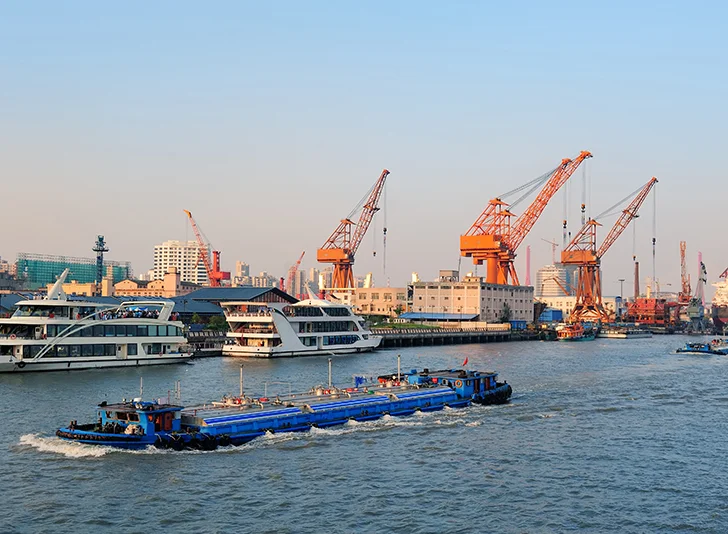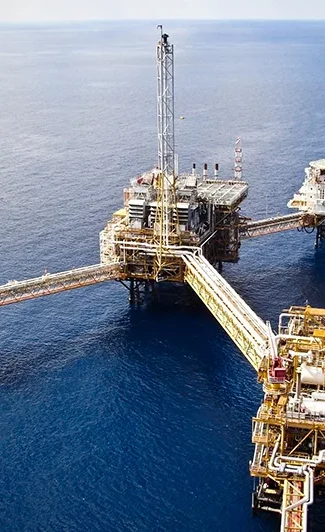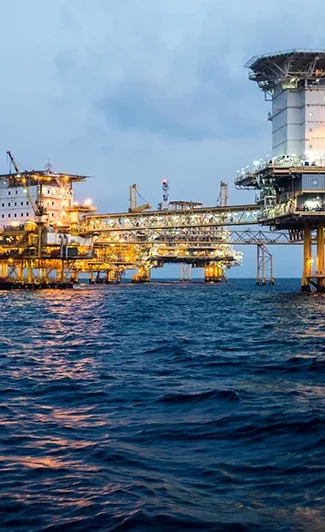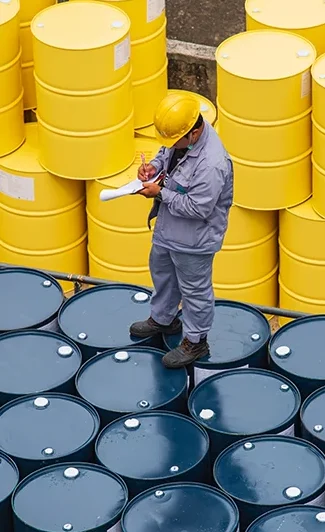
- November 20, 2023
- 0 Comments
How Iron Content in Some Permian Crude Oil Impacts the Whole Value Chain
The Permian Basin is the largest and the most prolific crude oil producing region in the U.S., accounting for about 40% of the total U.S. crude oil production. The Permian crude oil is also highly sought-after in the domestic and the international markets, due to its light and sweet quality, which makes it suitable for various refineries and end-users. However, some Permian crude oil has a high iron content, which can cause problems and costs for the producers, shippers, refiners, and exporters of the crude oil. Iron content is the amount of iron particles or compounds that are present in the crude oil, and it can affect the quality, the transportation, and the processing of the crude oil. In today’s blog, we will explore why some Permian crude oil has a high iron content, how it affects the whole value chain, and what solutions are being implemented or proposed to address it.
The main source of the high iron content in some Permian crude oil is the corrosion of the steel pipes and equipment that are used to produce, gather, transport, and store the crude oil. The corrosion is caused by the interaction of the steel with the water, the oxygen, the bacteria, and the acid gases, such as hydrogen sulfide and carbon dioxide, that are present in the crude oil or the formation fluids. The corrosion results in the formation of iron oxides, such as rust, or iron sulfides, such as pyrite, which are then carried by the crude oil as suspended solids or dissolved ions. The corrosion can be exacerbated by the high temperature, the high pressure, the high flow rate, and the low pH of the crude oil or the formation fluids. The corrosion can also be influenced by the type, the age, the condition, and the maintenance of the steel pipes and equipment.
The high iron content in some Permian crude oil can have negative impacts on the whole value chain, from the wellhead to the refinery or the export terminal. The high iron content can:
Reduce the quality and the value of the crude oil, as it can lower the API gravity, increase the sulfur content, and increase the sediment and water content of the crude oil. The high iron content can also affect the color, the odor, and the stability of the crude oil, making it less appealing and less marketable.
Increase the transportation and storage costs of the crude oil, as it can cause fouling, plugging, scaling, and erosion of the pipelines, the tanks, and the terminals that are used to transport and store the crude oil. The high iron content can also increase the cleaning, flushing, and pigging requirements and expenses of the pipelines, the tanks, and the terminals, as well as the disposal costs of the iron-containing waste or sludge.
Increase the refining and processing costs of the crude oil, as it can cause catalyst poisoning, equipment damage, product contamination, and environmental issues in the refineries or the processing plants that are used to refine or process the crude oil. The high iron content can also reduce the yield, the quality, and the value of the refined or processed products, such as gasoline, diesel, jet fuel, or petrochemicals.
The high iron content in some Permian crude oil can also have implications for the crude oil benchmarks and prices, as it can affect the specifications and the differentials of the crude oil grades and locations. For example, the high iron content can affect the inclusion or the exclusion of some Permian crude oil grades or terminals in the assessment of the Dated Brent price, which is the most widely used and recognized crude oil benchmark in the world, and which recently added WTI Midland as one of its components. The Dated Brent price is based on the quality and the availability of the crude oil grades or terminals that meet the criteria of the price reporting agencies, such as Platts or Argus. The high iron content can make some Permian crude oil grades or terminals fail to meet the criteria, such as the iron content limit of 0.1 ppm, and thus be excluded from the Dated Brent price assessment. This can affect the competitiveness and the attractiveness of the Permian crude oil in the global markets, as well as the arbitrage and the export opportunities for the Permian crude oil producers and shippers.
The high iron content in some Permian crude oil is a complex and challenging issue, and there are different views and opinions on what causes it and how to solve it. Some of the solutions that are being implemented or proposed to address the issue are:
Using corrosion inhibitors, biocides, oxygen scavengers, or acid gas removal technologies, to prevent or reduce the corrosion of the steel pipes and equipment, and thus the formation of iron particles or compounds in the crude oil. These solutions can be applied at the wellhead, the gathering system, the pipeline, the tank, or the terminal, depending on the source and the severity of the corrosion.
Using filtration, centrifugation, electrostatic separation, or chemical treatment technologies, to remove or reduce the iron particles or compounds from the crude oil. These solutions can be applied at the pipeline, the tank, the terminal, or the refinery, depending on the level and the type of the iron content in the crude oil.
Using blending, dilution, or upgrading technologies, to improve or modify the quality and the value of the crude oil, and to meet the specifications and the differentials of the crude oil grades and locations. These solutions can be applied at the pipeline, the tank, the terminal, or the refinery, depending on the market and the customer requirements and preferences.
In conclusion, the high iron content in some Permian crude oil is a problem that affects the entire value chain, from the producers, shippers, refiners, and exporters of the crude oil, to the benchmarks and prices of the crude oil. The high iron content is mainly caused by the corrosion of the steel pipes and equipment that are used to produce, gather, transport, and store the crude oil, and it can reduce the quality, the value, the profitability, and the competitiveness of the crude oil. The high iron content can also affect the inclusion or the exclusion of some Permian crude oil grades or terminals in the assessment of the Dated Brent price, which can affect the arbitrage and the export potential of the Permian crude oil. The high iron content is a complex and challenging issue, and there are various solutions that are being implemented or proposed to address it, such as corrosion prevention, iron removal, or crude oil blending.


